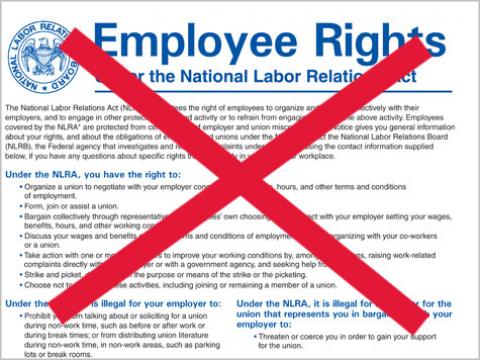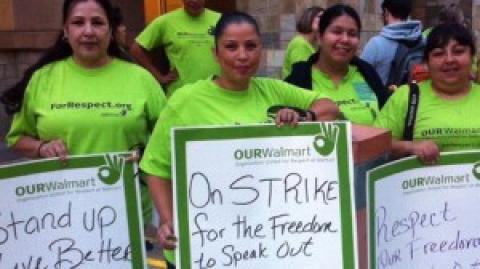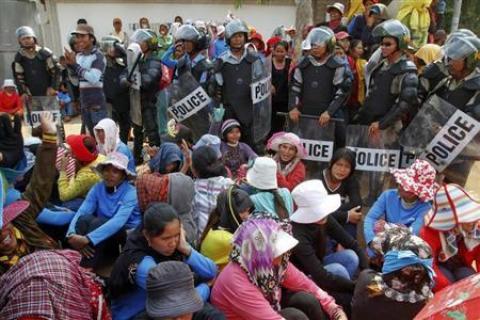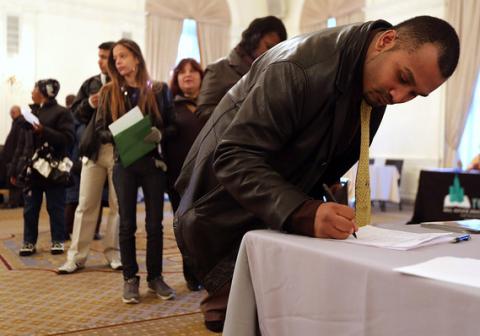Victory For Evergreen Strikers
Socialist Worker
Student support workers at Evergreen State College win strike. They are members of The Washington Federation of State Employees/AFSCME. After 17 months of negotiations followed by mediation they went on strike May 28. Their new contract goes into effect July1. This is a rare example of an effective strike in recent years.







Spread the word